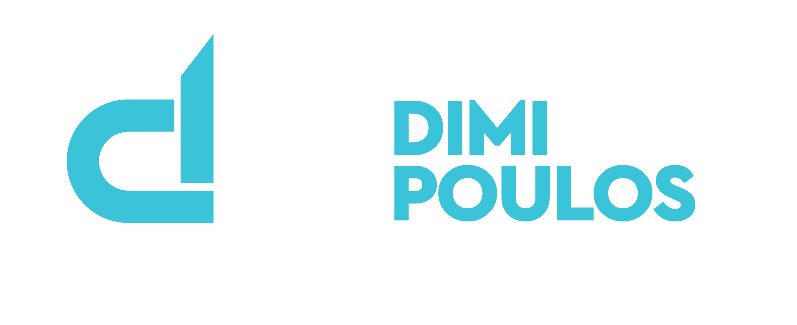The stronger your midline is, the greater your ability to perform other tasks.
The connection between your spine and pelvis constitute the midline. The more stiffness you have between the two structures, the better your:
- Strength in your lifts
- Platform for force production
- Power output
- Running speed
So, how do you build a strong foundation and what should you be focusing on to develop it?
THREE PLANES OF MOVEMENT
- Sagittal plane – this divides the body into right and left sides. Flexion and extension movements occur in this plane.
- Frontal plane – this divides the body into front and back. Abduction and adduction movements occur in this plane.
- Transverse plane – this divides the body into upper and lower half. Rotational movements occur in this plane
PROGRAMMING
Programming for midline strength should focus on at least one plane of movement for both the spine and pelvis each week.
For example:
Sagittal plane focus:
Spine focus – Straight leg raise and Back extensions.
Pelvis focus – Reverse lunge to knee raise and goodmornings.
Frontal plane focus:
Spine and pelvis focus – Side plank with top leg elevated.
Pelvis focus – Copenhagen isometric hold.
Transverse plane focus:
Spine focus – Isometric anti rotational movements such as pallof press and lying twists.
Pelvis focus – External rotation of the hip such as banded frog pump.
You can focus on each plane as many times a week as you want, as long as you target all three planes and work the reciprocal (opposing) muscle group for that movement (i.e. straight leg raise and back extensions).
APPLICATION TO PERFORMANCE
Strength in your lifts
Consider major lifts such as the back squat and deadlift. When the muscles surrounding the spine and pelvis form a strong connection, there is a reduction in the compressive forces going through the body from the barbell load.
A strong midline combined with proper breathing technique will form a solid foundation, causing a reduction in leaked energy from disjointed links.
This will make the barbell feel lighter and reduces the potential for injury.
Platform for force production
Force is calculated – mass x acceleration.
How fast can you move an object in a given direction unopposed?
A parameter of sports performance is moving yourself or an object (mass) in a given direction at a specific time. The faster (acceleration) you can get from one point to the next, the better result you can have.
Strong connections in all planes of motion prepares your body to apply force in all directions, resulting in better performances.
Power output
A stronger athlete has a greater potential to generate power.
If the connection between the spine and pelvis is weak, the application of force is reduced. This causes a reduction in muscle rate of force development and less explosive potential.
Speed
How fast can you move from one point to the next?
A strong connection at the spine and pelvis promotes stiffness. Stiffness causes an increase in stability; the greater the stability the greater the active drive.
This means that when force is applied to the ground during running and changing direction, the athlete can run faster and change direction more efficiently because their midline is more stable.
CONCLUSION
Building your foundations and improving midline strength in all planes of motion will improve your overall ability.
Never underestimate how important it can be to your performance.
Want to take your performance to the next level?
Check out our online programs or contact us to enquire further as to how we can help you.

